Why 5 Years?
People may want short-lived pets for a variety of reasons. Although a 5-year life expectancy is unusually rare among pets, it is in high demand among first-time pet owners who aren’t interested in making a large long-term commitment or parents looking for a brief source of enrichment for their children. Short-lived pets can also be utilized as a stepping stone for children who want to prove themselves by providing excellent care in order to eventually acquire higher-maintenance animals such as dogs.
There is nothing intrinsically wrong with seeking animals for the above purposes as long as the animal cares for them appropriately. With proper care, most animals may survive for a long time.
Many species of parrots and tortoises have a lifespan of 50 years or more, so choosing animals with a shorter lifespan is not only beneficial but necessary for owners who cannot make long-term commitments, such as those who will eventually leave for college but still want the experience of having a pet while waiting.
However, you should be aware of the widespread misunderstandings regarding specific animals, such as goldfish. They do not have short lifespans, but they are frequently neglected and die young.
1. Hamsters
This is arguably one of the most popular little pets in the United States. Unfortunately, they are purchased far too frequently for tiny children who are unsuitable. Hamsters are relatively short-lived animals, with an average lifespan of fewer than four years. Hamster longevity varies by species, but most well-cared-for hamsters can expect to live for three years on average.
Because all hamsters are nocturnal, they can become angry if they are handled too much during their sleeping hours. At night, they create a lot of noise, which can be mitigated by using silent spinners.
Hamster lifespan info
- Average: 2-3 years.
- Well-cared-for + luck: 5 years.
- Max age reported: 7 years.
Hamster care advice
Provide a spacious cage: It is usual for pet stores to sell cages that are less than the suggested size for active rodents, even for dwarfs. Keep in mind that hamsters in the wild are extremely energetic animals who can travel hundreds of kilometers in a single night. While an exercise wheel will suffice, for the most part, hamsters should not be maintained in cramped settings such as those found in the conventional CritterTrail cage.
Feed a variety diet: Because dwarf hamsters are prone to diabetes, they need low-sugar diets. Hazel Hamsters is a commercial diet that is advised as a starting point. Broccoli, carrots, and turnips are good vegetables to offer it.
Make a complicated setting: Add ramps, levels, tunnels, and anything else you can think of to keep the cage from looking like a barren square. Hamsters enjoy tunneling, thus material that encourages them to do so is crucial. Consider the numerous enrichment options available in pet stores. Attachments to your pet’s cage are an option. It’s also a good idea to have a variety of chew toys on hand, as well as some goodies to keep things interesting.
Go to Youtube and look for videos about hamster items, hamster care, and creative ways to make the pet experience more enjoyable for both the hamster and the owner. Make careful to look into things that aren’t covered in this article.
Hamster species
- Syrian Hamster: 2–2.5 years.
- Campbell’s Dwarf Hamster: 1.5–2 years.
- Winter White Dwarf Hamster: 1.5–2 years.
- Roborovskii Dwarf Hamster: 3 years (2 years in the wild, longest-lived).
- Chinese Dwarf Hamster: 1.5–2 years.
2. Betta fish (Siamese Fighting Fish)
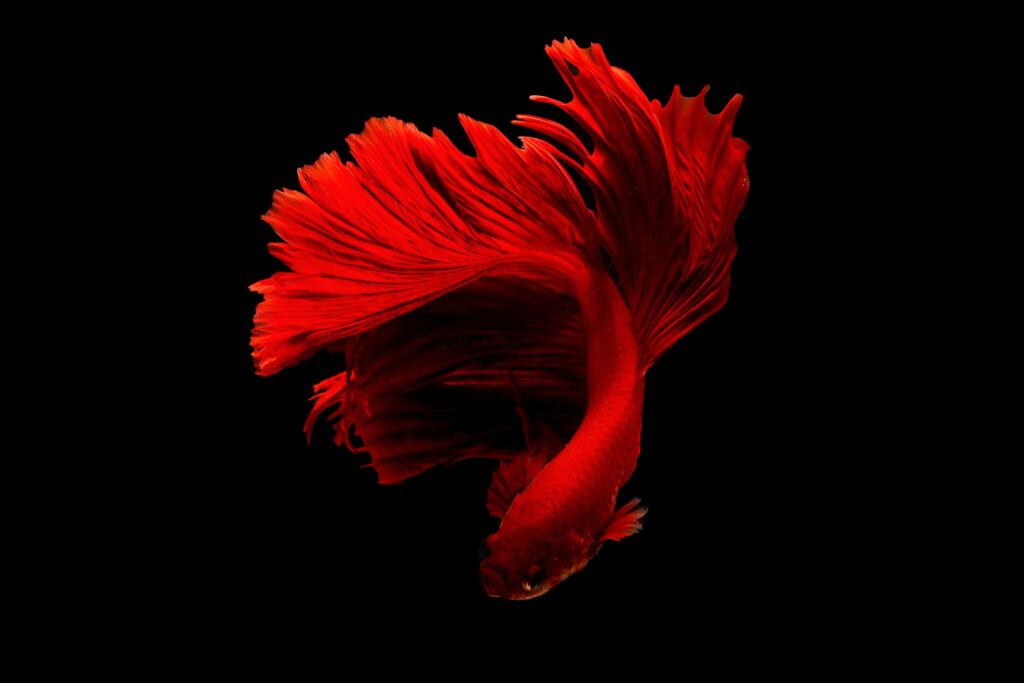
Bettas are a popular aquarium fish that are frequently housed in deplorable circumstances in chain pet stores and Walmarts. They are unlikely to survive more than a few months in captivity. They can survive for three years if properly cared for. This figure may be exceeded by some people.
Bettafish lifespan info
- Average: 3–4 years.
- Well-cared-for + luck: 5 years.
- Max age reported: 9 years.
Betta fish care advice
Tank size: These fish should not be kept in the small bowls in which they are commonly sold and marketed. They are also unsuitable for planted jars. Bettas may be able to survive at this size for a short time, but it is not ideal for their quality of life. They require at least a two-gallon aquarium, but a five-gallon aquarium is optimal.
Feed it the right kind of fish food: Blood worms, daphnia, and brine shrimp are all good options.
Tank size: These fish should not be kept in the small bowls in which they are commonly sold and marketed. They are also unsuitable for planted jars. Bettas may be able to survive at this size for a short time, but it is not ideal for their quality of life. They require at least a two-gallon aquarium, but a five-gallon aquarium is optimal.
Feed it the right kind of fish food: Blood worms, daphnia, and brine shrimp are all good options.
Water quality: The main cause of fish death in captivity is poor water quality, hence proper filtration and water changes are required. This is especially important for the little tanks that most bettas are housed in. It is advised that the water be changed twice a week. It’s also important to keep the temperature at a comfortable level. Warmer water is preferred, thus a temperature of roughly 74 degrees is suggested.
3. Guinea Pig
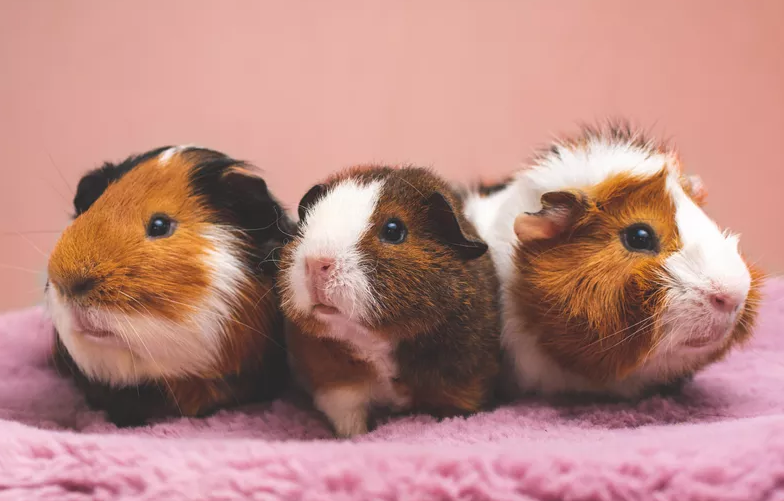
The guinea pig is another popular tiny pet. These animals make good pets for adults who are unsure about their long-term pet-keeping abilities, as well as for small children who are willing to clean their cages at least every other day. They only need a simple feed and a small enclosure.
The average lifespan of these animals is five years, however, it is not uncommon for well-cared-for individuals to survive longer. This isn’t the animal for you if you need an animal that won’t be around in five years.
Long-haired guinea pigs have been found to have a shorter lifespan.
Guinea pig lifespan info
- Average: Roughly 4–5 years.
- Well-cared-for + luck: 5–8 years.
- Max age reported: 14 years.
Guinea pig care advice
Feed it a nutritious diet: Guinea pigs, like all animals, will live longer if you pay attention to what they eat. Guinea pigs should be fed a pelleted diet as well as Timothy hay or orchard grass (not alfalfa hay). Vitamin C, found in oranges, kiwis, parsley beet greens, and other sources, should be included in or supplemented in the diet. More dietary information can be found in this comprehensive reference.
Guinea pigs are social animals, therefore having more than one animal may be beneficial. Make sure to pair animals appropriately based on their gender and personality. Males fight from time to time, so keep an eye on the situation and be attentive. They should also spend time cuddling with their owners on a regular basis.
Cages should be the right size: C&C cages are popular because they provide plenty of space and are the easiest to clean. Many homeowners include appealing ledges that lead to extra levels, providing even more exploration space.
4. Chameleons
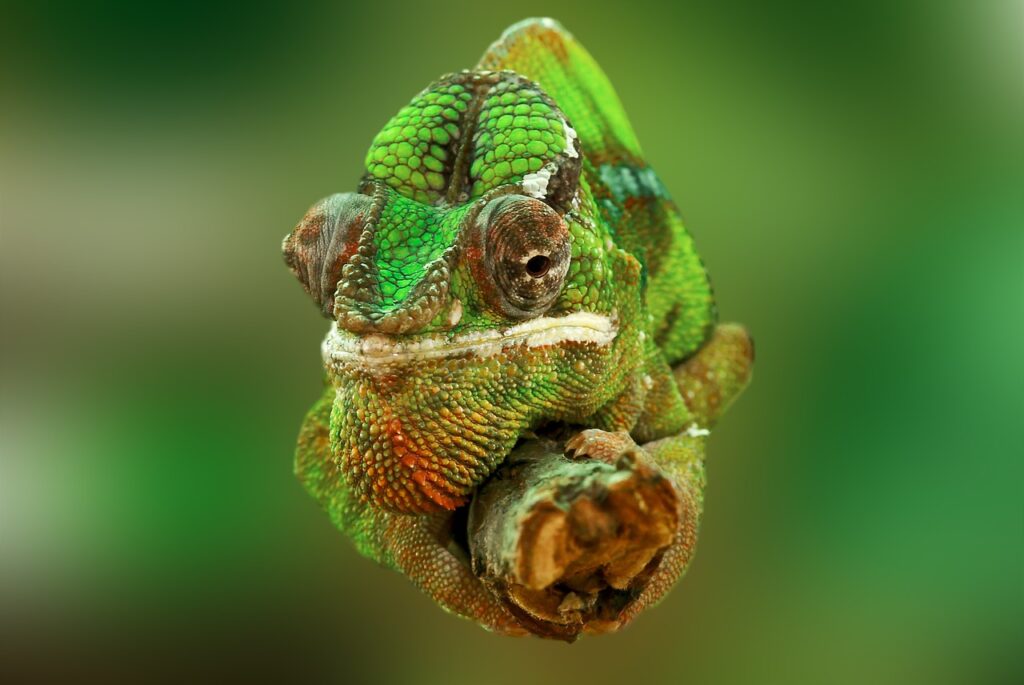
The panther chameleon and the veiled chameleon are two types of commonly kept chameleons with estimated lifespans of five years or less. If utilized as breeders, female panther chameleons have an even shorter lifetime (three years) (most owners buy males for their colors).
In comparison to the other animals on this list, these animals require more advanced care. They are highly specialized lizards who are easily stressed.
Chameleons, unfortunately, have a high-stress lifestyle that finally wears them out. Their lifespans in the wild are shortened to three years for males and two years for females.
Chameleon lifespan info
- Average: 5 years.
- Well-cared-for + luck: 6–8 years.
- Max age reported: Claims of 13 years for veiled and around 8 years for panther.
Chameleon care advice
Make preparations: Before considering these animals, do your homework. Also, before taking the animal home, be sure to set up its cage ahead of time. Depending on how much you’re ready to spend on a short-lived pet ($200-$400 range), they’re not cheap.
Chameleons require a broad insect diet to survive. Crickets, mealworms, wax moths, and roaches are examples.
Veterinary care: Because chameleons are prone to metabolic bone disease, it is suggested that they see a veterinarian.
Get a good living environment: Before being relocated to a specific tall and vertical screen cage roughly four feet tall and two feet wide, babies require smaller housing. Lighting (UVA ray exposure is required), humidity, live plants (for climbing), and potential health issues are all areas of husbandry that require further investigation.
5. Mice
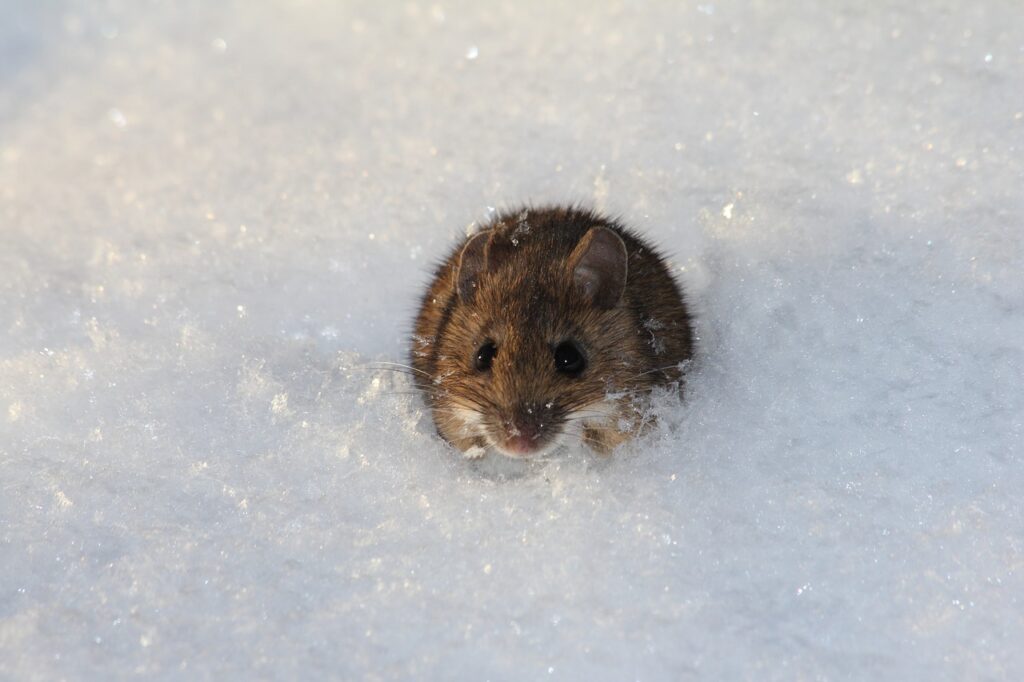
Mice are little and high-strung, so it’s no surprise that they live short lives.
Mice appear to be a good choice for a temporary pet. There is no need to be concerned about the likelihood of them living longer than three years because this is incredibly unlikely.
Mice come in a variety of shapes and sizes, but for the most part, they only live for two years. Non-domesticated mice may live up to five years longer than domesticated mice.
Many domesticated mouse strains are prone to health problems like tumors and immunological weaknesses. Mice are the model creature of choice for scientists studying these circumstances in the lab, so mouse keepers have a variety of lifespan studies to choose from.
Diet, stress reduction and a healthy environment are all important factors in achieving a three-year lifetime for your pet mouse, just as they are for the other species on this list. Mice, like other small rodents, are quite active, so don’t underestimate the size of their habitat.
Mice lifespan info
- Average: 2 years.
- Well-cared-for + luck: 3 years.
- Max age reported: 7 years.
Mice care advice
Because mice like to climb, multi-level housing is recommended. The best option is to use a wire cage. Aspen shavings make excellent bedding.
Pellets are easily obtained from pet retailers. Small amounts of fruits and vegetables could be used to supplement this.
Keep an eye out for swelling: In mice, tumors are fairly prevalent. Unfortunately, they are frequently cancerous. The majority of tumors can be surgically removed, however, they frequently return.
6. Rats
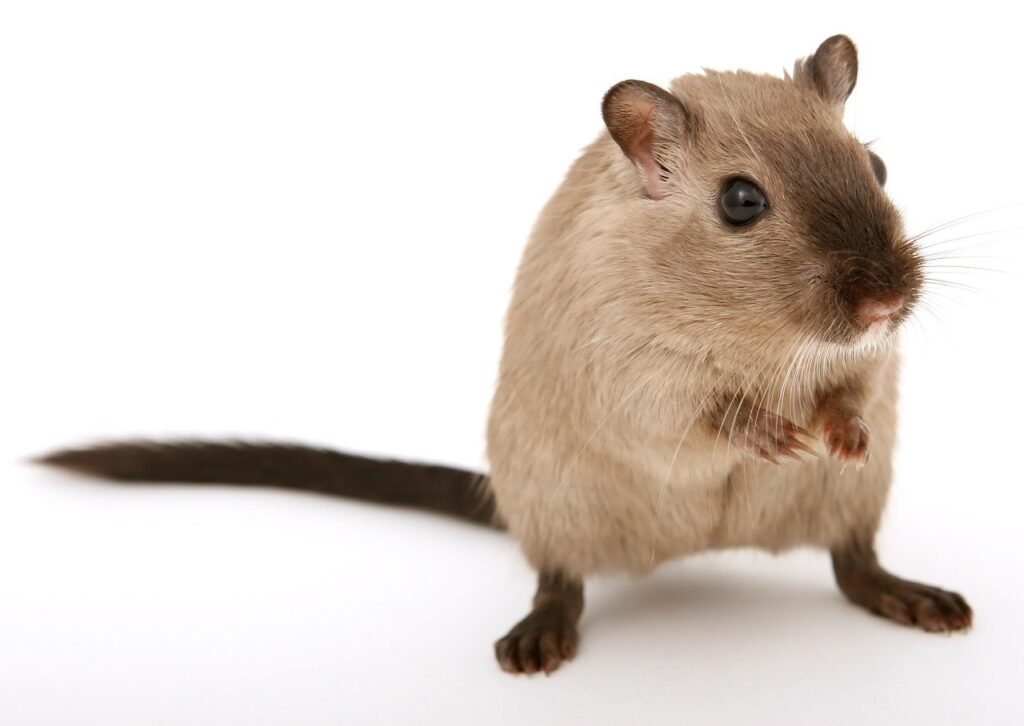
Rats are the second most commonly used model organism in research, and they, too, have a long history.
Rats have a level of intellect that is underappreciated, and they make excellent pets. They are lively and build emotional relationships with their owners. They can even be taught to use a litter box and do tricks if they are properly trained. Do not deprive them of the finest possible treatment because of their unjust reputation.
The key factor that increases rat longevity is genetics, but the quality of life and diet also play a role.
Rat lifespan info
- Average: 2–3.5 years.
- Well-cared-for + luck: 4 years.
- Max age reported: 7 years and 4 months.
Rat care advice
You may acquire a pair of rats because they are social. They are incredibly social animals who thrive when they have a companion. If two males are littermates or were acquainted at an early age, they will get along. If you want a lot of rats rapidly, you shouldn’t put a male and a female together.
Diet: Pellets can be purchased ready-made. Fruits, vegetables, and mealworms can also be given to them.
Exercise: Rats require a lot of physical activity. A wheel and a large cage are recommended.
7. Zebra Finch
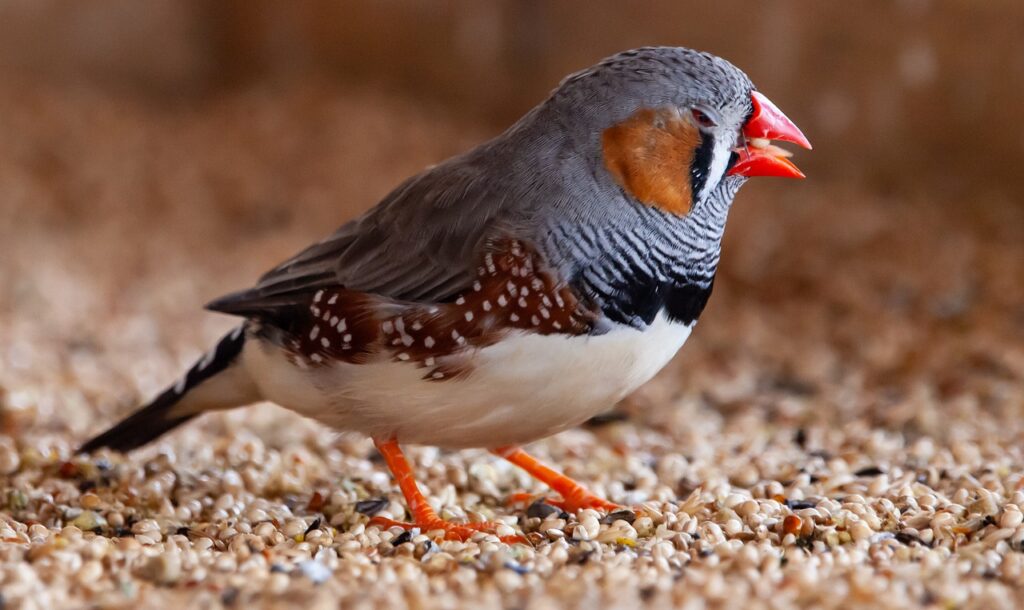
The zebra finch is the shortest-lived of the bird species frequently kept as pets. They barely make the cut, as their average lifetime with proper care is only five years. They might live for up to ten years.
These little birds could be able to survive even longer. They are low-maintenance pets since they eat seeds (other birds, such as cockatiels, should not be fed diets like this).
Because these birds are not engaging pets, their permanent crates must provide plenty of space for them to fly around and receive some exercise. Each cage should have one pair.
Zebra finch lifespan info
- Average: 5 years.
- Well-cared-for + luck: 6–8 years.
- Max age reported: 12 years.
Zebra finch care advice
Because these birds prefer to move horizontally, their cage should be as long as possible. It is not necessary to have a tall cage. A nice size is 30 inches long and 18 inches tall. Swings and ladders should be included.
Where to put them: In a calm area of your home, these birds will thrive. Keep them out of bright sunlight and away from the air conditioning. They don’t require much social interaction, so a quiet spot will suffice.
Diet: A high-quality seed mix with some greens would suffice. Romaine lettuce, kale, and spinach are all excellent choices.
8. Domesticated Hedgehogs
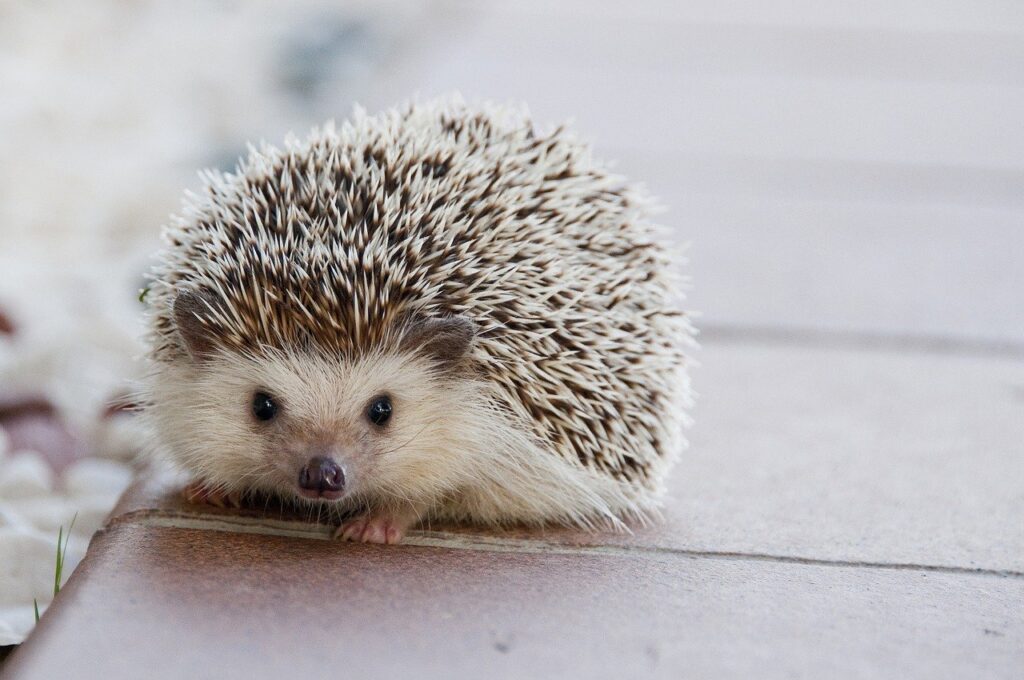
Hedgehogs are not rodents, despite their appearance. They also have no resemblance to porcupines. African pygmy hedgehogs, which are commonly found in the pet trade and are truly hybrids, are white and grey in color. Despite intensive breeding in captivity, this species has a lot in common with its wild relatives. This should be taken into account when choosing an enclosure, handling methods, and exercise requirements. In senior hedgehogs, cancer is a common cause of death. Keep in mind that some states prohibit the ownership of hedgehogs, so check your local laws if you want to keep one as a pet.
Hedgehog lifespan info
- Average: 3–5 years.
- Well-cared-for + luck: 6–10 years.
- Max age reported: 10 years
Hedgehog care advice
Lack of activity can cause a hedgehog’s lifespan to be cut short and encourage fatty liver disease. There must be a way to exercise, and the cage must be large. Hedgehogs do not all use hamster wheels. Here’s some excellent advice on where to live.
Stress: Do not handle it frequently, and when you do, be careful and conscious of the potential for stress.
Feed the hedgehog a well-balanced diet to help it live a long life. Fruit, insects, cooked meats, and vegetables are examples of food. Hedgehog food can be purchased commercially.
9. Short-Tailed Opossum
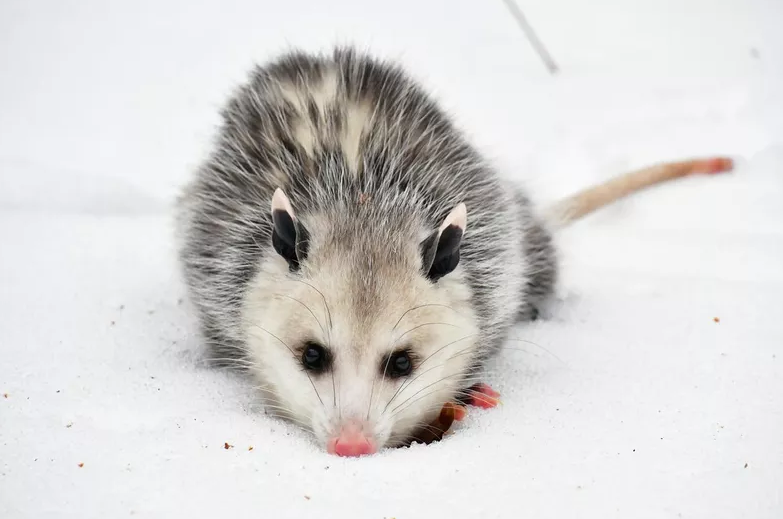
These animals resemble rodents, however, they are marsupials similar to kangaroos. They have a tail that is prehensile. Insectivorous, these lonely animals eat prepared diets supplemented with diverse animal protein sources in captivity.
Their personalities vary due to the fact that they require a patient owner who can train them. They can work out on a hamster wheel that is the right size for them.
Short-tailed opossum lifespan info
- Average: 4 years.
- Well-cared-for + luck: 5–6 years.
- Max age reported: 8 years.
Short-tailed opossum care advice
Legality: Because these animals are considered exotic pets, you should verify your local laws before considering owning one.
Housing: Because these animals are adept at escaping, a safe habitat is definitely suggested. A wire cage might be the best option. Corncob husks make excellent bedding.
They should be able to climb on a perch in their cage.
Diet: These animals can now be fed manufactured feed. Mealworms, fruits, and veggies are other good options.
10. Octopus
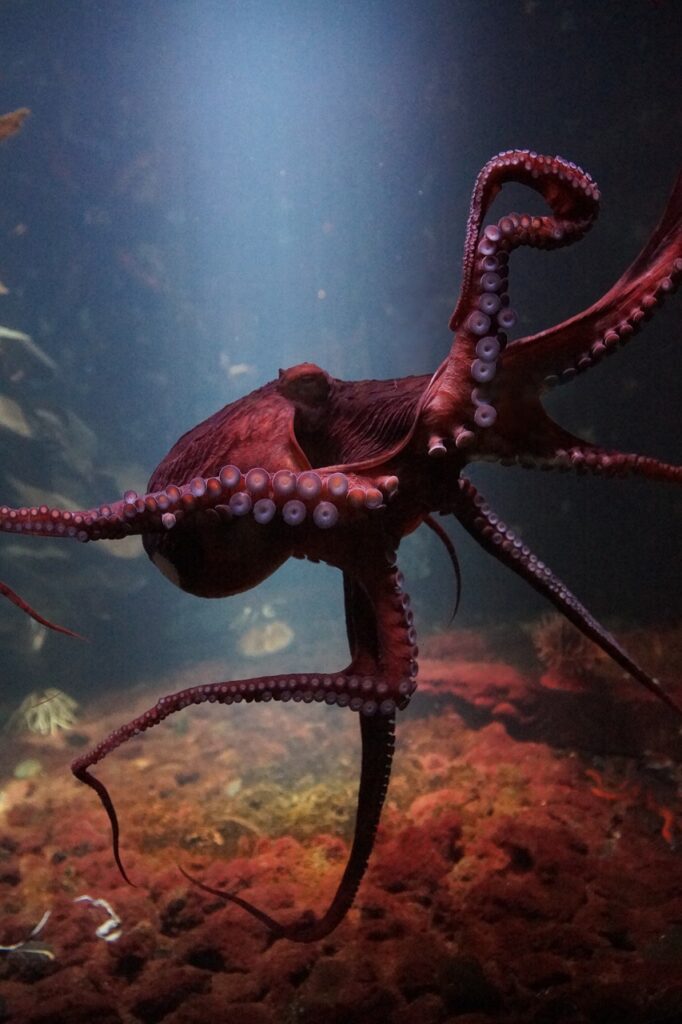
This is a pretty uncommon pet, as one might expect. It’s not for anybody who isn’t familiar with marine creatures. Most octopuses have a year or less to live by the time they reach adulthood (which is when they are kept as pets).
They are, however, short-lived creatures, despite the significant work required to adequately care for them. They are, nevertheless, ideal for the daring, advanced aquarium hobbyist who does not want to commit long-term. Octopuses are well-known for their intelligence. They’ll need tanks that can’t be blown up.
Octopus lifespan info
- Average: 6 months to 5 years, depending on the species.
- Well-cared-for + luck: 2–5 years.
Octopus care advice
Be informed: Different species have different requirements. They reach various sizes, and each species requires varied water temperatures. The most popular pet octopus is the California two-spot octopus.
The optimal tank size for a California two-spot octopus is at least 50 gallons. Bigger is always better, and for larger species, it may be a requirement. There should be plenty of tunnels and hiding spots in the tank.
Octopuses eat meat and are hunters. Many owners say they prefer to be fed live animals. Crabs, shrimp, snails, and small fish are among their favorite foods.
11. Gerbil
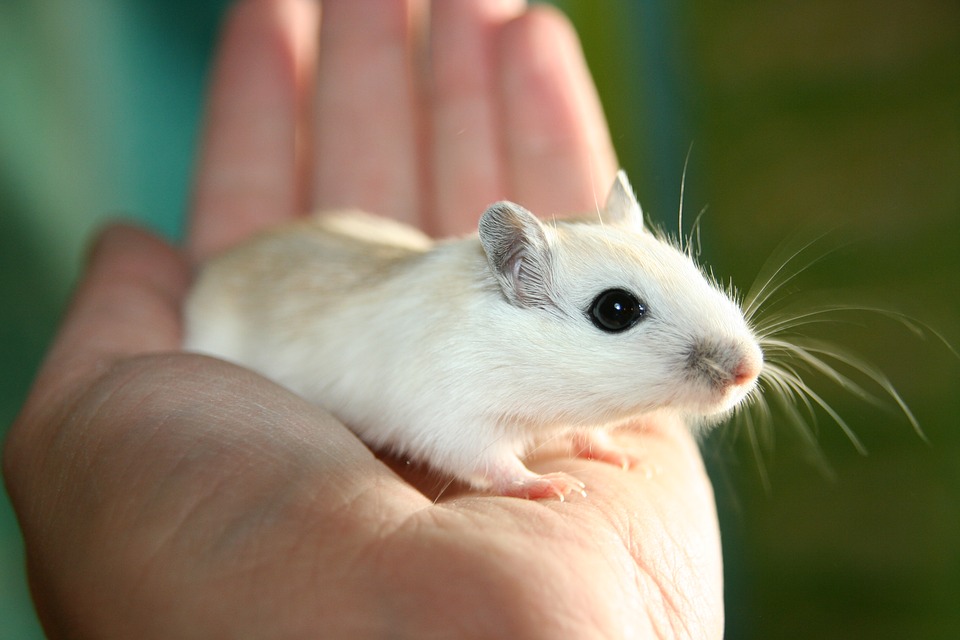
Gerbils, like rats, mice, and hedgehogs, have a short lifespan due to heredity and poor treatment. Gerbils need comparable conditions to hamsters, although they are mostly diurnal, therefore they will fit in better with your schedule.
Gerbil lifespan info
- Average: 3–4 years.
- Well-cared-for + luck: 5 years.
- Max age reported: 8 years.
Gerbil care advice
Gerbils should be housed in at least a 20-gallon tank with plenty of bedding. Because they enjoy burrowing and tunneling, give inches of material.
Feed them quality gerbil food and fresh veggies to round up their diet.
Handle with care and make sure they get plenty of activity on a daily basis.